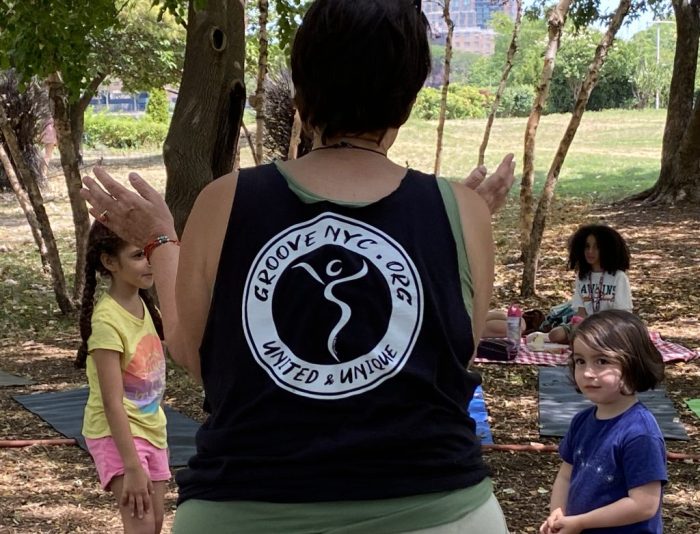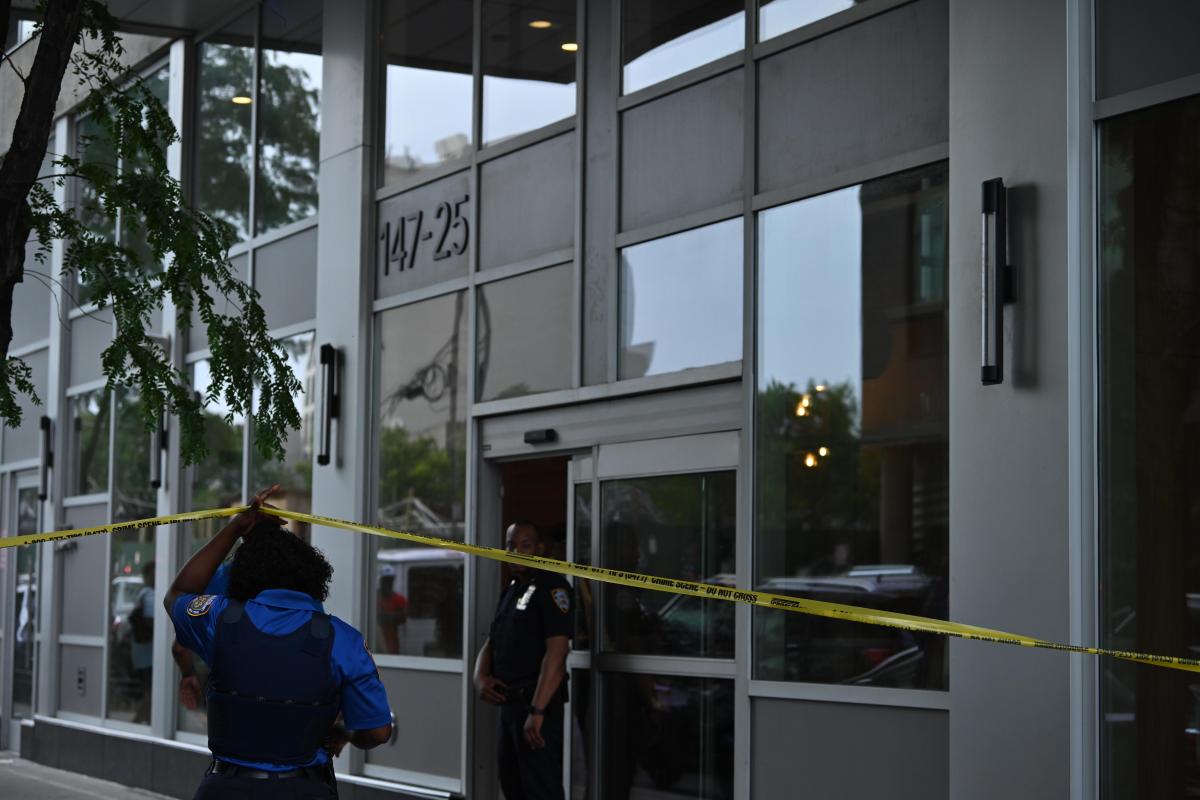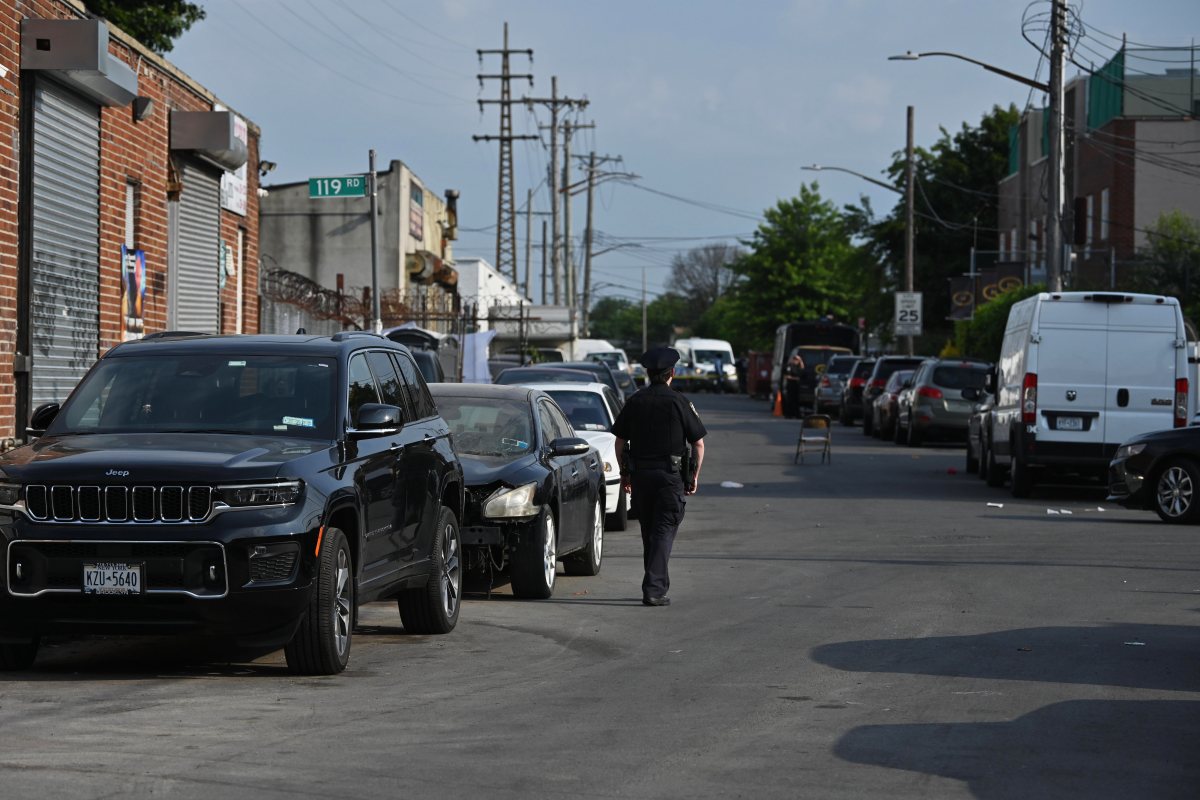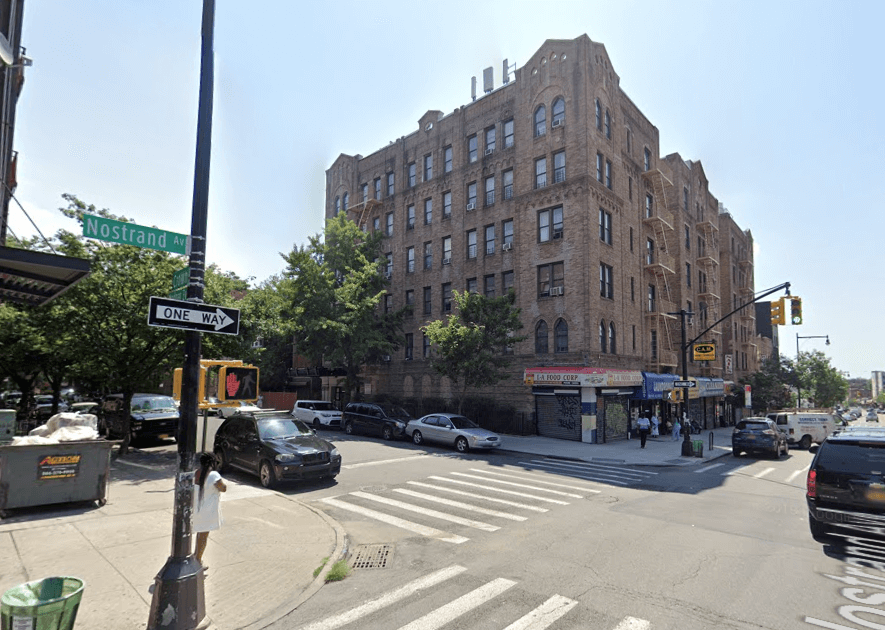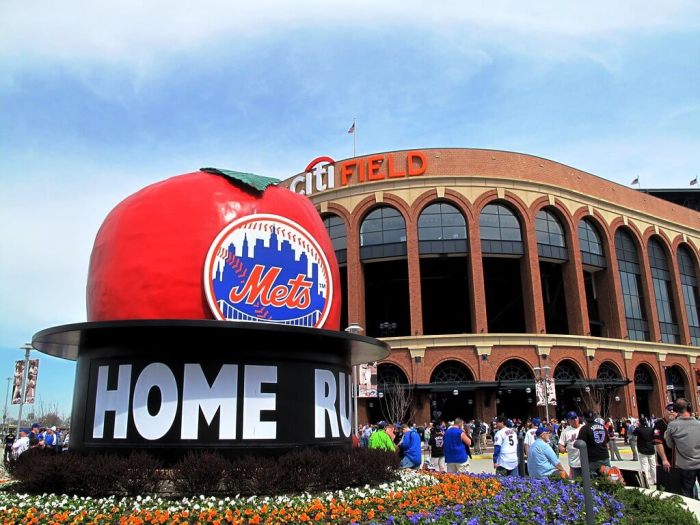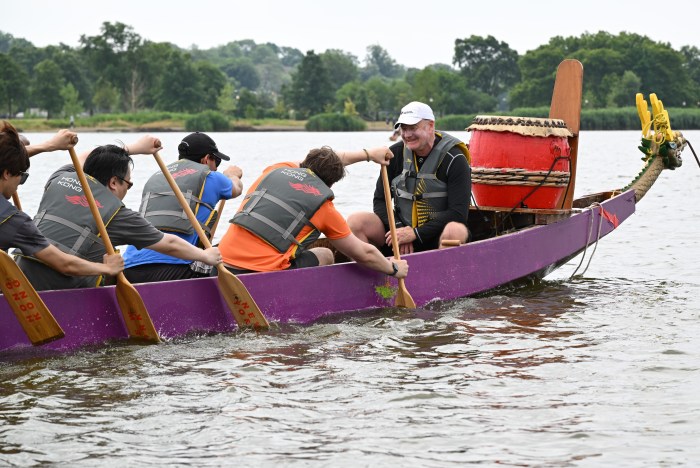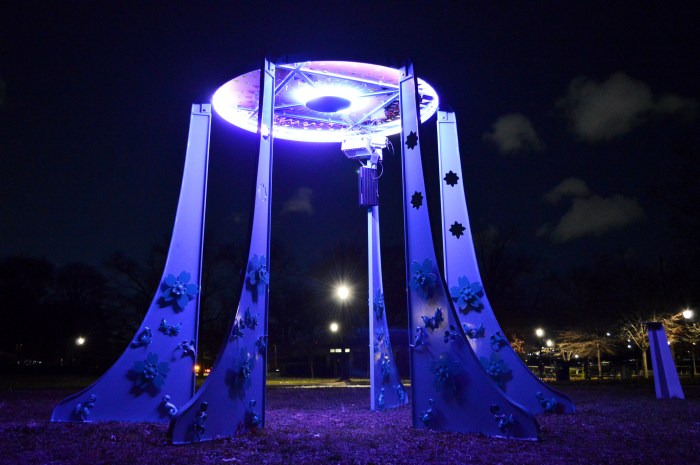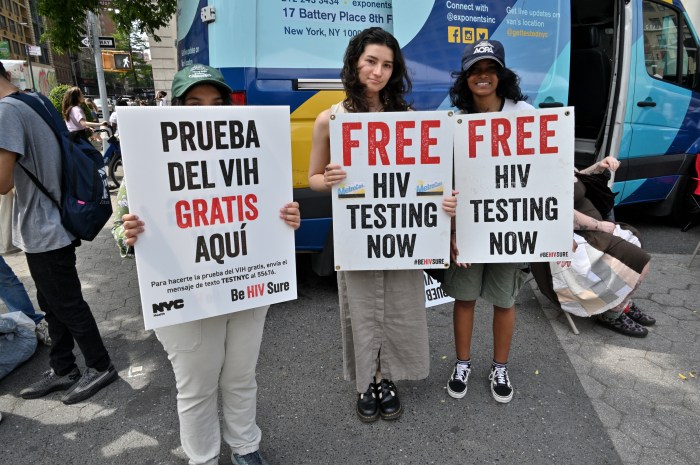Ridgewood-Glendale Memorial Day Parade Reaches Milestone
When Ridgewood and Glendale veterans first came together for a joint Memorial Day Parade in 1938, the nation was still in the throes of the Great Depression and the storm clouds of the Second World War were gathering in Europe and Asia.

Three-quarters of a century later—at a time when the country is still recovering from the Great Recession and winding down its decade-long conflict in Afghanistan—that tradition will be renewed as veterans, community groups and musicians participate in the 75th annual Memorial Day Parade through both neighborhoods on Monday, May 27.
Though in the heart of one of the city’s largest boroughs, the Ridgewood Glendale parade will have a “small town” feel to it, as described by Paul Schottenhamel of the Allied Veterans Memorial Committee of Ridgewood and Glendale, which organizes the march every year. Even so, this diamond jubilee edition of the parade figures to be big both in patriotism and love of country and community.
As in past years, the parade will take place on Myrtle Avenue, with the Glendale Memorial Triangle (at the corner of Myrtle and Cooper avenues) and the Ridgewood Memorial Triangle (at the corner of Myrtle and Cypress avenues) bookending the festivities. This year’s parade starts at 11 a.m. on May 27 at the Glendale Memorial Triangle, with participants heading west on Myrtle Avenue to the Ridgewood memorial.

Challenges come naturally with organizing events such as parades, and planning the Ridgewood-Glendale march have proven no different, Schottenhamel stated. Complicating matters, in particular, was the cancellation of Fleet Week—the annual visit to New York by thousands of officers in the Navy, Marine Corps and Coast Guard—due to the federal “sequestration” budget cuts enacted earlier this year.
In previous parades, contingents of visiting military officers in full uniform participated in the Ridge- wood-Glendale march along Myrtle Avenue. Schottenhamel told the Times Newsweekly the Allied Veterans have reached out to the New York National Guard and local military bases hoping they could provide an Armed Forces presence at this year’s march for local residents to cheer.
Nonetheless, those who previously served in the Armed Forces during conflicts from Korea to Afghanistan will be front and center at the Ridgewood-Glendale parade. Among the veterans participating are members of the six posts which comprise the Allied Veterans organization: Joseph Garity American Legion Post 562, Sgt. Edward R. Miller Veterans of Foreign Wars (VFW) Post 7336, Lt. Alfred Lucia Disabled American Veterans Chapter 118, American Legion Post 104, Ridgewood VFW Post 123 and Brewery Keenan Heisser American Legion Post 1815.

Having the honor of leading the 75th edition of the Ridgewood-Glendale parade will be Mervin Paugh— long-time member of the Garity Post and a veteran of the Korean War— who serves as grand marshal.
Along with local veterans, a slew of community groups, Boy and Girl Scout troops, bands, elected officials and schools are scheduled to participate in the march.
Looking back

With the parade reaching an important milestone, Schottenhamel noted, the history of the parade and Memorial Day itself will take on even greater significance than in years past. The Allied Veterans are collaborating with the Greater Ridgewood Historical Society (GRHS) on a special exhibit looking back at previous Memorial Day marches and showcasing the memories of local families, including those with relatives who made the ultimate sacrifice in defense of the nation.
The first Memorial Day was commemorated nationally on May 30, 1868, three years after the conclusion of the Civil War. It was initially proclaimed by Gen. John Logan, thencommander of the Grand Army of the Republic, as a day to remember those who fought and died in the war between North and South. Flowers were placed on the graves of both Union and Confederate soldiers interred at Arlington National Cemetery.
Five years later, New York became the first state to officially recognize Memorial Day as a holiday. Upon the conclusion of World War I, Memorial Day was changed to honor not just those who died in the Civil War, but all Americans who gave their lives in defense of the United States in any war past, present or future.
For decades, Memorial Day was celebrated on May 30, regardless of what day of the week on which it fell. In 1971, the official observance of Memorial Day was moved to the last Monday of May as a result of the Uniform Monday Holiday Act of 1968.
In the aftermath of the First World War, the Ridgewood and Glendale memorials were erected to honor residents in the respective communities who served and died in “the war to end all wars.” According to Maryellen Borello, one of a number of historians working on the GRHSAllied Veterans project, the Glendale monument was funded by the citizens of the community, while the Ridgewood memorial was paid for through fund-raising efforts by the Gold Star Mothers, the organization of mothers who lost sons in combat.
In the years that followed up until 1938, each community held separate Memorial Day commemorations, including parades and placing flags on the gravestones of soldiers at local burial grounds such as Cypress Hills National Cemetery, Borello stated.
How the parade evolved
The reasons for why veterans in Ridgewood and Glendale decided to join together for a Memorial Day parade were not made immediately clear. However, from the first joint march in 1938 through the 1980s, the Ridgewood-Glendale parade was a lengthy affair which included stops at many tributes to fallen soldiers in both communities.
Borello noted the parade generally started at the former home of the Garity Post at the corner of Fairview Avenue and Woodbine Street in Ridgewood, then proceed eastward to Prokop Square, located at the corner of Fresh Pond Road and Cypress Hills Street. The march then continued into Glendale, heading down Cypress Hills Street, Central Avenue and 71st Street to the Glendale Memorial Triangle.
After a brief ceremony at the Glendale Triangle, the march then moved west along Myrtle Avenue to the Ridgewood Memorial Triangle.
During the 1980s, Borello stated, the parade was shortened to its present route on Myrtle Avenue between Cypress and Cooper avenues. The starting point of the parade alternates each year: Glendale in odd-numbered years, Ridgewood in even-numbered years.
In recent years, Memorial Day has evolved both locally and nationally into what’s considered to be the “unofficial start of summer.” But Schottenhamel, in inviting members of the public to come and participate or watch the parade, urged all to remember the holiday’s true significance.
“The local people should understand the history of the parade,” he said. “Memorial Day is to honor those who died in defense of the country. We can’t forget about that.”
Those interested in participating in the Ridgewood-Glendale Memorial Day Parade can call Schottenhamel at 1-718-366-1359 for further information.
The GRHS noted that the exhibit will be on display at the parade and at one of the veteran posts thereafter.




